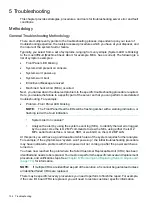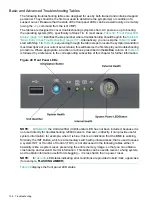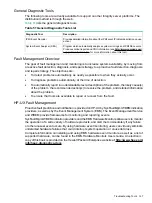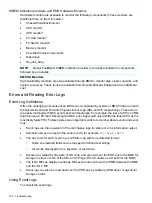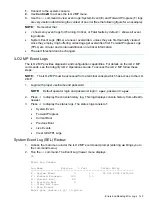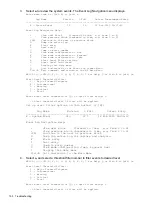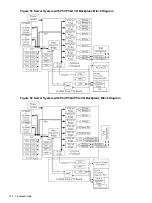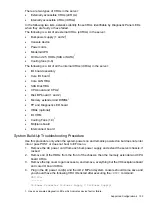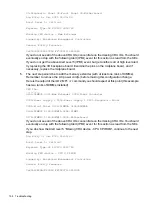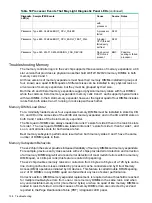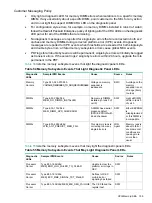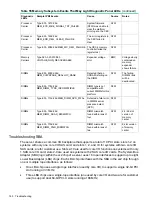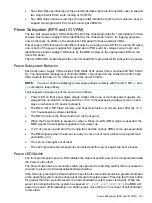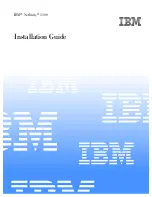
WBEM indication providers and EMS Hardware Monitors
Hardware monitors are available to monitor the following components (These monitors are
distributed free on the OE media.):
•
Chassis/Fans/Environment
•
CPU monitor
•
UPS monitor*
•
FC Hub monitor*
•
FC Switch monitor*
•
Memory monitor
•
Core Electronics Components
•
Disk drives
•
Ha_disk_array
NOTE:
No SysFaultMgmt WBEM indication provider is currently available for components
followed by an asterisk.
EMS HA Monitors
High Availability monitors are also available through EMS to monitor disk, cluster, network, and
system resources. These tools are available from Hewlett Packard Enterprise at an additional
cost.
Errors and Reading Error Logs
Event Log Definitions
Often the underlying root cause of an MCA event is captured by system or BMC firmware in both
the System Event and Forward Progress Event Logs (SEL and FP, respectively). These errors
are easily matched with MCA events by their timestamps. For example, the loss of a CPU’s VRM
might cause a CPU fault. Decoding the MCA error logs would only identify the failed CPU as the
most likely faulty FRU. Following are some important points to remember about events and event
logs:
•
Event logs are the equivalent of the old chassis logs for status or error information output.
•
Symbolic names are used in the source code; for example,
MC_CACHE_CHECK
.
•
The hex code for each event log is 128 bits long with an architected format:
Some enumerated fields can be mapped to defined text strings.
◦
◦
All can be displayed in hex, keyword, or text mode.
•
Events are created by firmware or OS code, and are sent over the PDH bus to the BMC for
storage in either or both of the SEL and FP logs (HP-UX shows an I/O path for the BMC).
•
The iLO 2 MP can display event logs: SEL events are sent over the IPMB, between the BMC
and the iLO 2 MP.
•
Event logs can also be read back over the PDH bus by software (IPMI driver or agent) for
storage on disk.
Using Event Logs
To consult the event logs:
148
Troubleshooting

